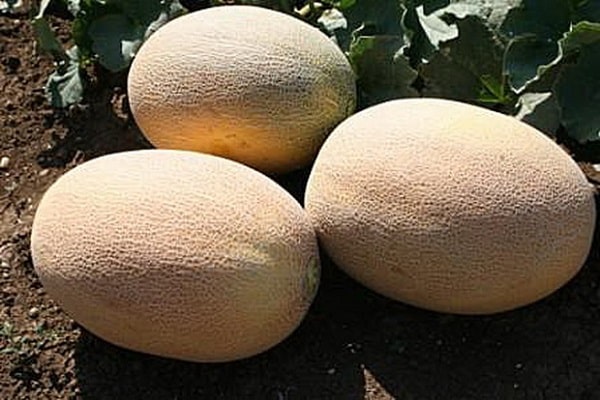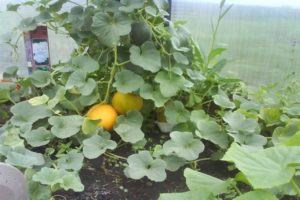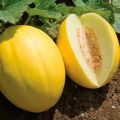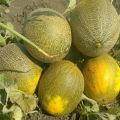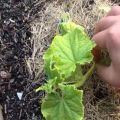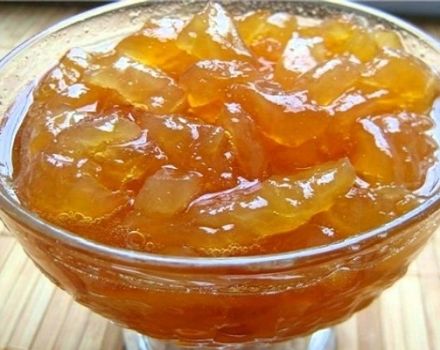Description of the Roksolana f1 melon variety, cultivation and care of the crop
In recent years, varieties of crops that were previously considered exotic for our country and unsuitable for growing in difficult climatic conditions have increasingly begun to appear on the Russian gardening market. One of them was a hybrid variety of Roksolana melon, intended for cultivation in the northern regions and capable of withstanding significant temperature changes.
The average fruit ripening period is 90 days. The advantage of the variety is the plant's resistance to most diseases of melons and gourds. The species tolerates the effects of anthracnose, peronosporosis well, and is not prone to rotting of the root system. The variety is characterized by strong shoots with wide leaves that easily protect the fruit from sunburn.
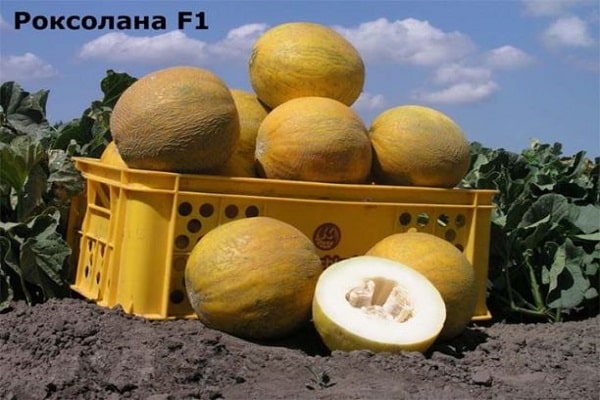
The variety belongs to the early ripening species and the average ripening period is 40-50 days. The fruit tolerates transportation well, which, together with its excellent taste, makes it possible to grow the crop on an industrial scale for commercial purposes.
What fruits does the plant produce?
Small-sized fruits have a rounded slightly elongated shape. The average weight of one melon varies from 1.5 to 2.5 kg. Subject to the rules of agricultural cultivation, from 5 to 7 fruits are removed from one plant per season. The surface of ripe fruits is yellow-orange in color. The distinctive quality of the variety is:
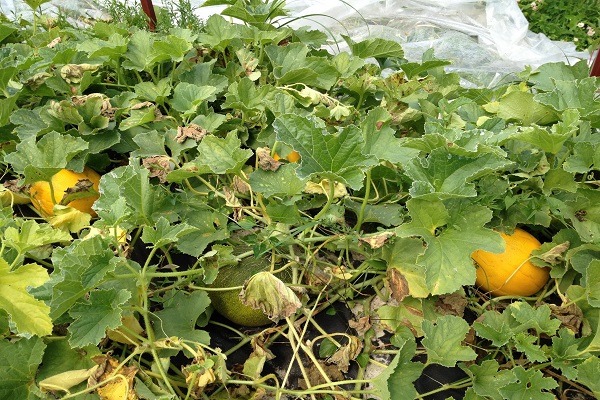
- thin peel;
- juicy pulp;
- richness of taste;
- the ability to long-term storage without loss of external and taste qualities.
Gardeners' reviews speak of the extraordinary sweetness of the Roxolana f1 melon, comparing its taste with the famous Kolkhoz Woman. Due to the high content of vitamins and minerals, the melon culture is a unique source of nutrients, has a beneficial effect on the activity of all systems of the human body.

Features of growing seedlings
Planting material is recommended to be purchased at specialized gardening stores and centers. For planting in the ground, the largest seeds are selected, after soaking them in gauze soaked in a weak solution of potassium permanganate for 12 hours. Further, it is required to leave the seeds on wet gauze, after a certain time sprouts will appear from the material suitable for planting.
Planting is carried out in pots of small diameter made of peat, which in the future avoids the need for transplanting and reduces the risk of injury to the root system when planting in a permanent place. The soil for containers is prepared from the following components:
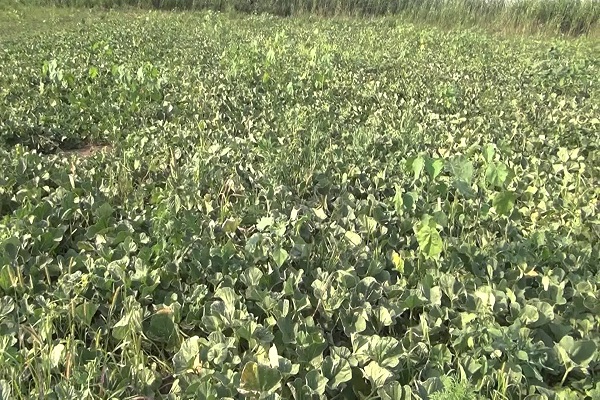
- Earth;
- peat;
- compost;
- ash.
It is not recommended to plant more than 2 seeds in one pot. When 2 shoots appear simultaneously, one is left, choosing the strongest and most viable sprout. The container for seedlings is covered with foil and placed in a warm, sunny place. At home, you can place the pots above a radiator or in a heated loggia.
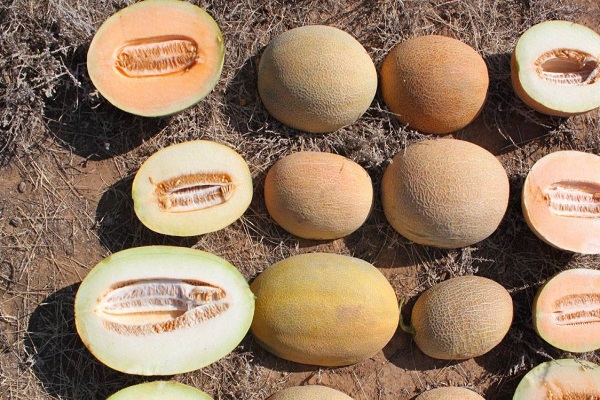
Growing recommendations
To get a good harvest, it is important to pay attention to the right planting site. When planted in open ground in warm climates, the site should be located on a hill and receive a sufficient amount of sunlight. Melon must not be planted in the place of previous cultivation of similar melon crops. The possibility of transplanting seedlings occurs when the soil reaches a temperature of +15 ⁰C.
The soil for the melon should be loose and not acidic, contain a large amount of minerals. For planting, furrows are formed, the distance between which should be 60 cm. The depth of the recesses for seedlings is no more than 10 cm. It is recommended to enrich the soil composition in the place of the deepening with diluted manure, ash, humus and peat.
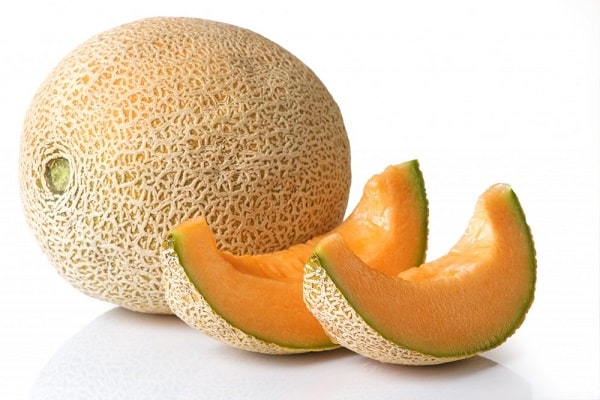
When growing horizontally after the ovary and the formation of the first fruits, it is necessary to put a base under the melons in the form of a small board, linoleum or other material that can protect them from damage as a result of contact with wet ground.
When grown vertically, trellises are prepared in advance, the height of which is 2 meters above ground level. As the bushes form, they are tied and fixed to the support. With this method of growing melons, it is necessary to place them in mesh bags and tie them to the trellis. This technique will allow the fruits to ripen and not fall due to the impossibility of escape to keep the weight of the fruit.
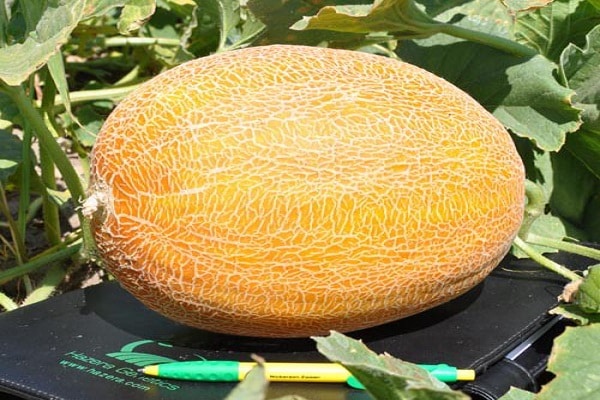
An important rule for obtaining a crop when grown in greenhouse conditions is to provide the shoots with sufficient periodic ventilation. The plant needs pollination with insects, to attract which it is recommended to spray the bushes with water and honey, and plant as many honey plants as possible near the open greenhouse structure.
Plants are watered once a week. An important factor for obtaining a crop is considered to be the periodic loosening of the soil and the removal of weeds, to which the variety is intolerant. Feeding is carried out every 2 weeks.

If by the end of the season the fruits of the melon did not have time to fully ripen, then for the Roksolana melon this is not a big problem. In this case, the fruits are removed from the bushes and placed in a warm place until ripening. When kept in a cool room, the fruits can be stored for a long time, which is convenient for their use as an additional source of nutrients and vitamins in the cold season with a shortage of fresh vegetables and fruits.
Pest and disease control methods
Despite the resistance of the melon variety to the main types of diseases of melons, the likelihood of their appearance is not excluded.
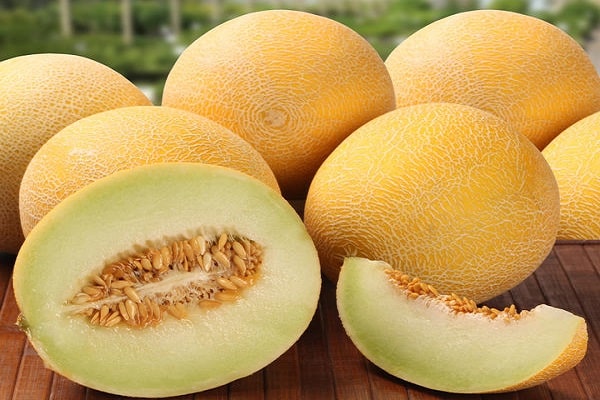
Recommendations for actions to be taken in case of problems are as follows:
- fusarium wilting - reduce watering, remove and burn affected shoots, do not plant a melon crop in this place for 5 years;
- powdery mildew - spray the melon bushes with sulfur powder;
- the appearance of melon flies, spider mites, aphids — treat the plant with a chemical agent against pests or Bordeaux liquid.
To prevent diseases, the plant should not be limited in the flow of light, air, and excessive waterlogging of the soil should not be allowed.
